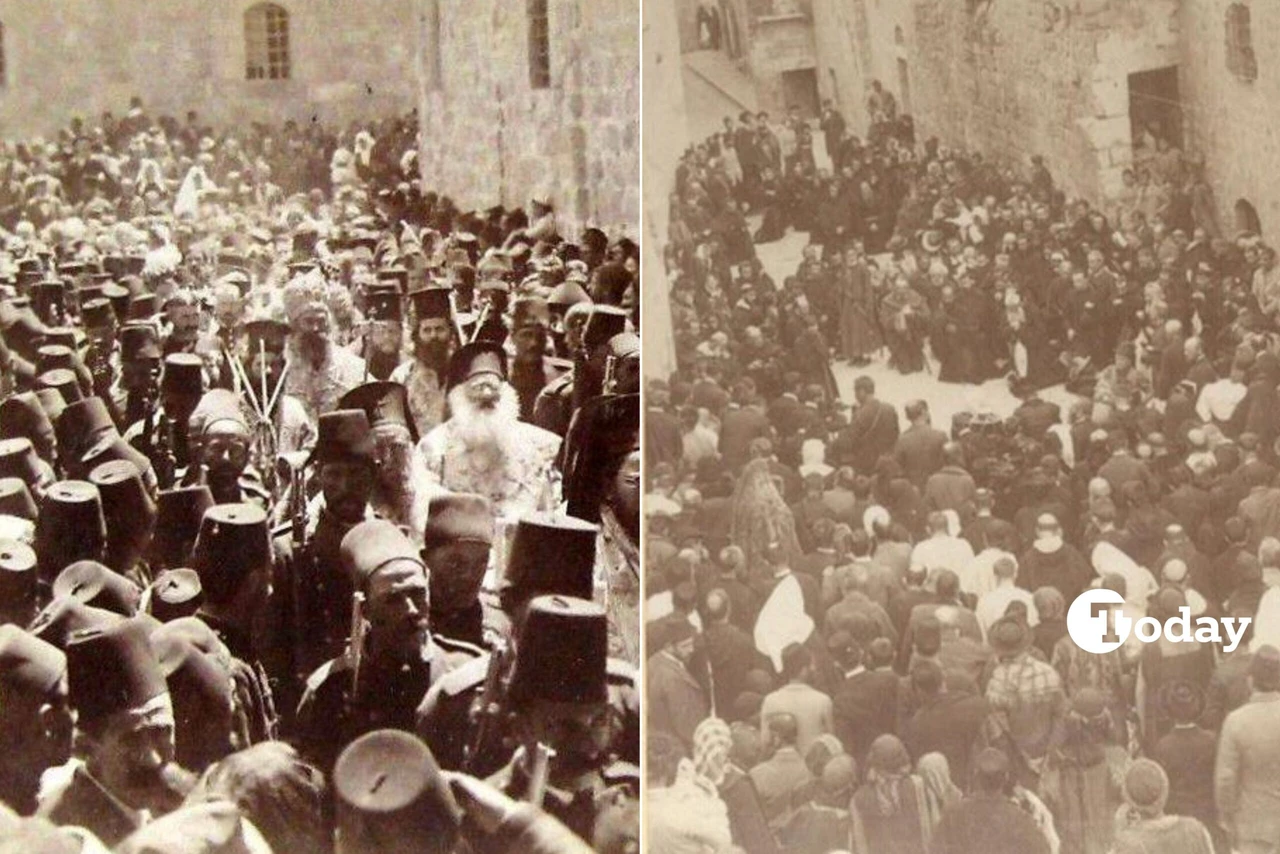Gatherings and festivities: How do Muslims, Balkan Turks celebrate Eid al-Adha?
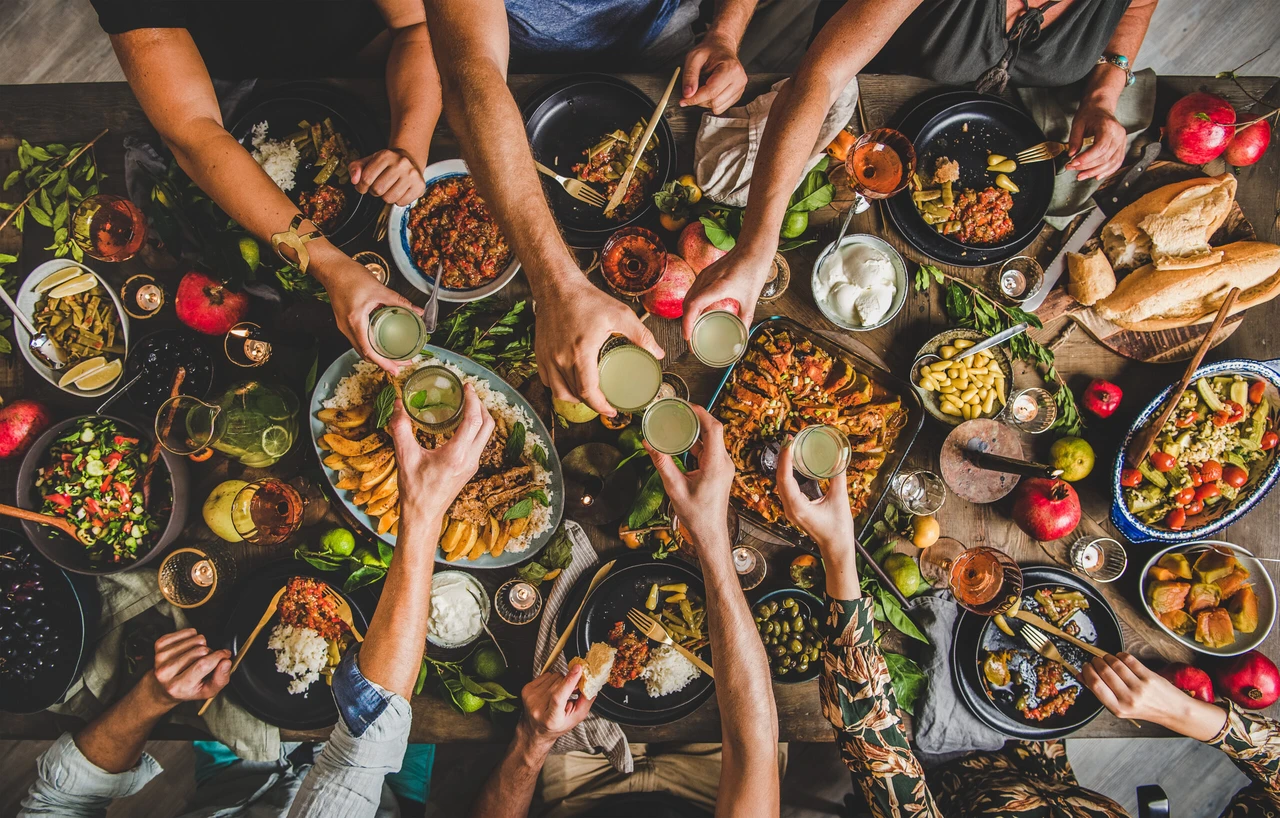 Top view of family clinking glasses over table with Turkish cuisine lamb chops, quince, bean, vegetable salad, babaganush, rice pilav, pumpkin dessert and lemonade, Türkiye. (Adobe Stock Photo)
Top view of family clinking glasses over table with Turkish cuisine lamb chops, quince, bean, vegetable salad, babaganush, rice pilav, pumpkin dessert and lemonade, Türkiye. (Adobe Stock Photo)
Eid al-Adha, known as Kurban Bayram among Turks, is one of the most significant Islamic holidays, celebrated with great fervor and devotion by Muslims worldwide. The “Festival of Sacrifice” commemorates the willingness of Prophet Ibrahim to sacrifice his son as an act of obedience to God. This year, Eid-al-Adha will be celebrated on Jun 15 – Jun 19.
Muslims mark the occasion with prayer, feasting and acts of charity. In the Balkans, where a diverse mosaic of cultures and traditions blend, Eid al-Adha takes on unique and vibrant expressions.
Montenegro

In Montenegro, Eid al-Adha is celebrated with traditional fervor by the Muslim community. While Eid al-Adha is an optional holiday, many Muslims take the day off to participate in special prayers and the ritual sacrifice.
The Osmanagic Mosque in Podgorica becomes a focal point, where the faithful gather for the Eid prayer.
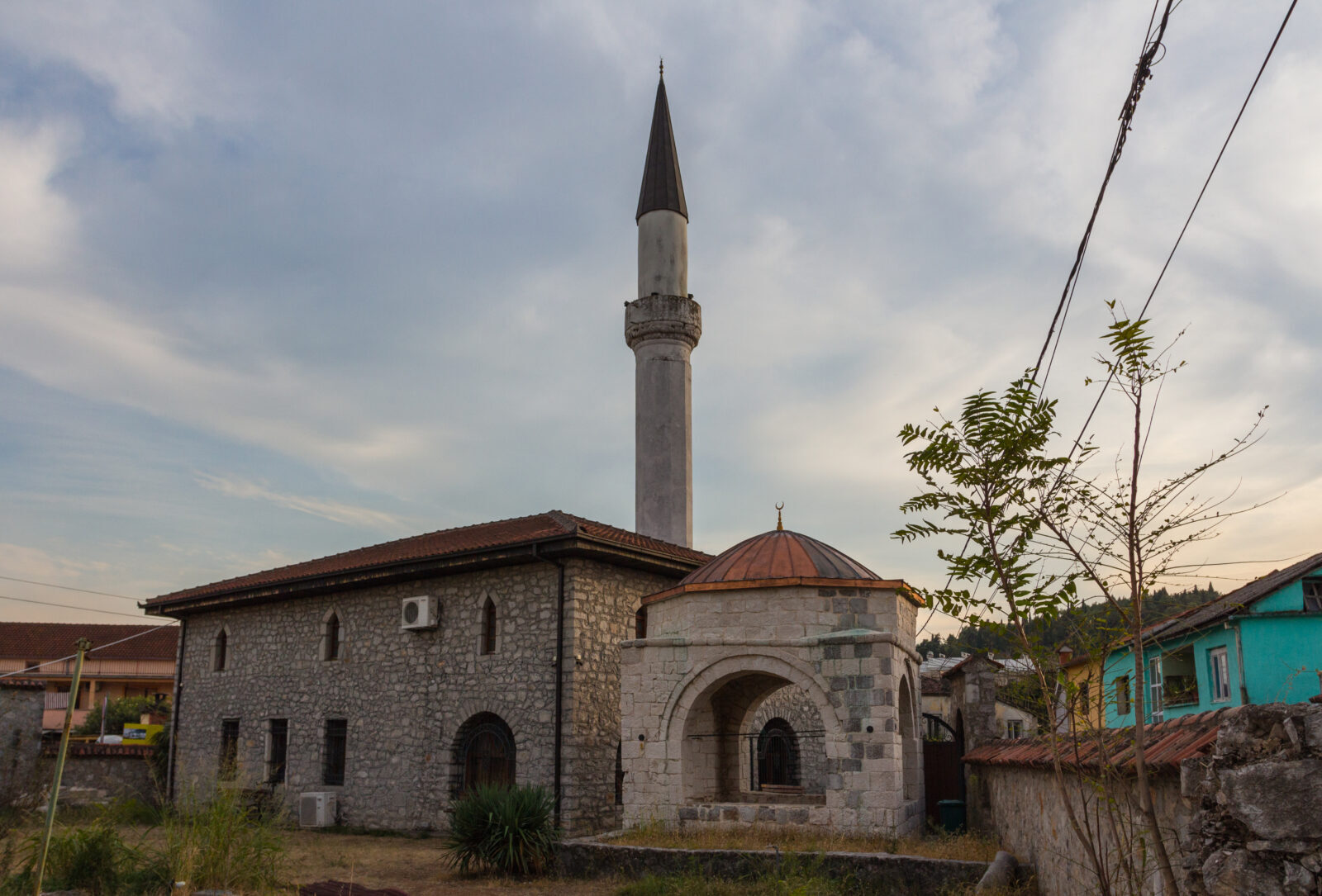
The sacrificial meat is distributed among family, friends, and the needy, embodying the spirit of charity and community support. Traditional dishes, shared in festive gatherings, reinforce the sense of unity and cultural heritage.
Bulgaria
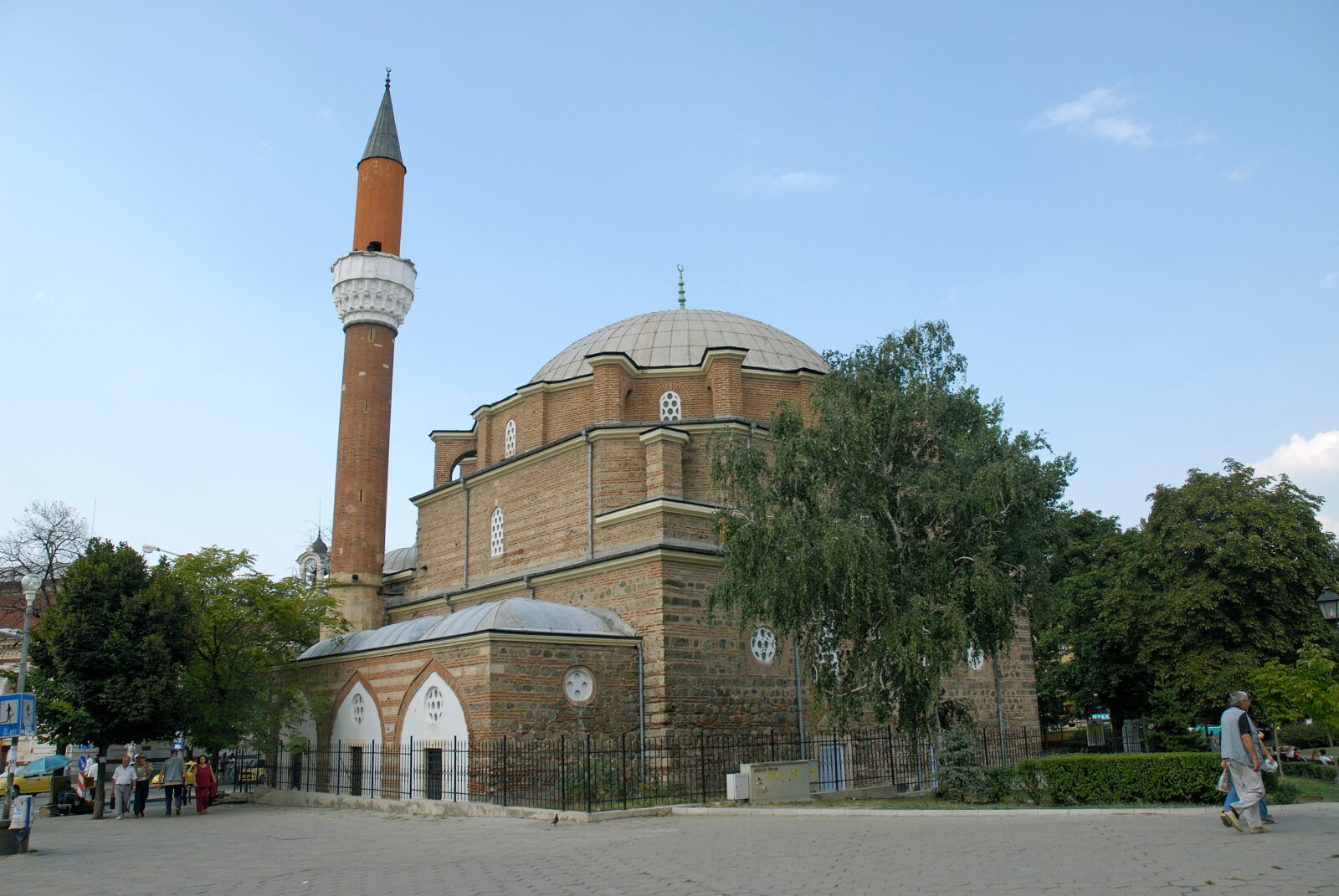
Eid al-Adha in Bulgaria sees vibrant celebrations among the Turkish and Pomak Muslim communities. The day begins with congregational prayers, followed by the ritual sacrifice of animals.
The meat is shared among the community, symbolizing charity and solidarity. Festive meals feature traditional sweets like baklava and dishes such as sutlac (sweet rice pudding).
Children visit elders to receive blessings, sweets, and small gifts, fostering strong community bonds. Muslims also share their festive foods with Christian neighbors, promoting interfaith harmony.
Bosnia and Herzegovina
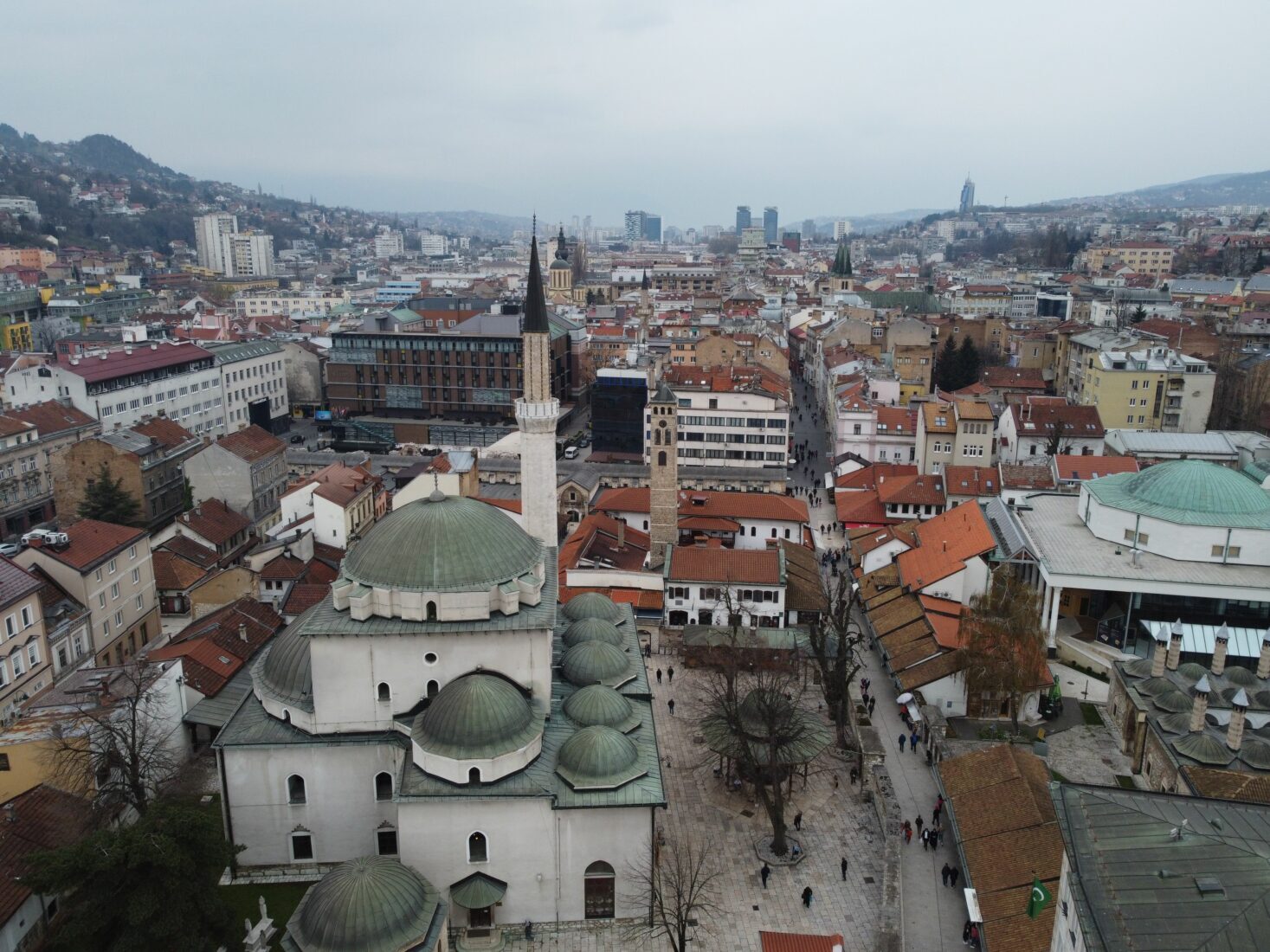
In Bosnia and Herzegovina, Eid al-Adha is marked by prayers at historic mosques, such as the Gazi Husrev-beg Mosque in Sarajevo. The sacrificial ritual follows, with meat distributed to the needy.
The celebrations include traditional foods like Borek and baklava, family visits, and acts of charity. Visiting cemeteries to honor deceased relatives is also a significant part of the observance, reflecting the community’s respect for tradition and family.
Slovenia
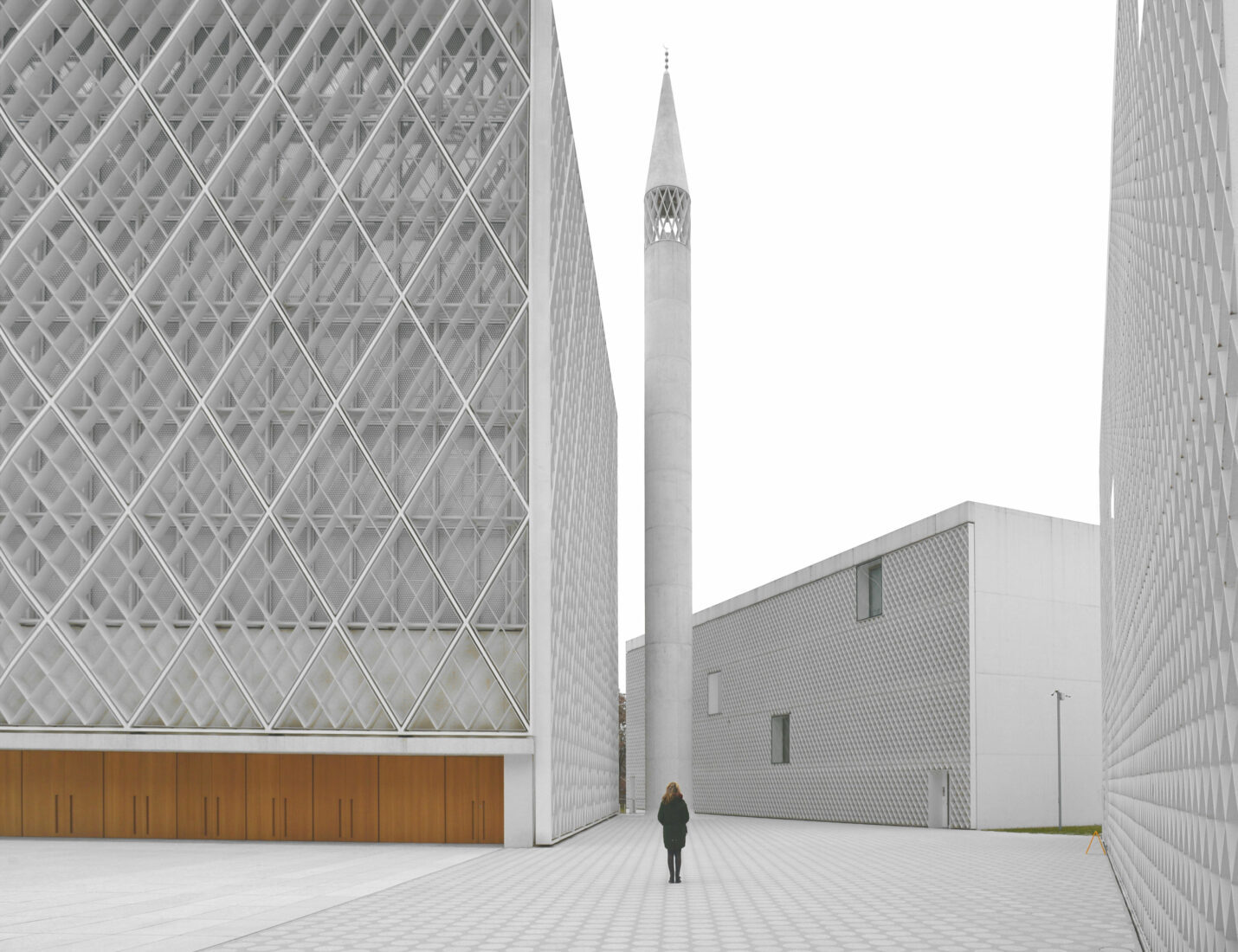
Muslims in Slovenia, though a minority, celebrate Eid al-Adha with deep devotion. Prayers and sacrificial rituals are held in mosques and Islamic centers. The community spirit is strong, with members supporting each other and sharing meat with the less fortunate.
Traditional meals, reflecting the cultural diversity within the Muslim community, are prepared and enjoyed, emphasizing unity and charity.
North Macedonia
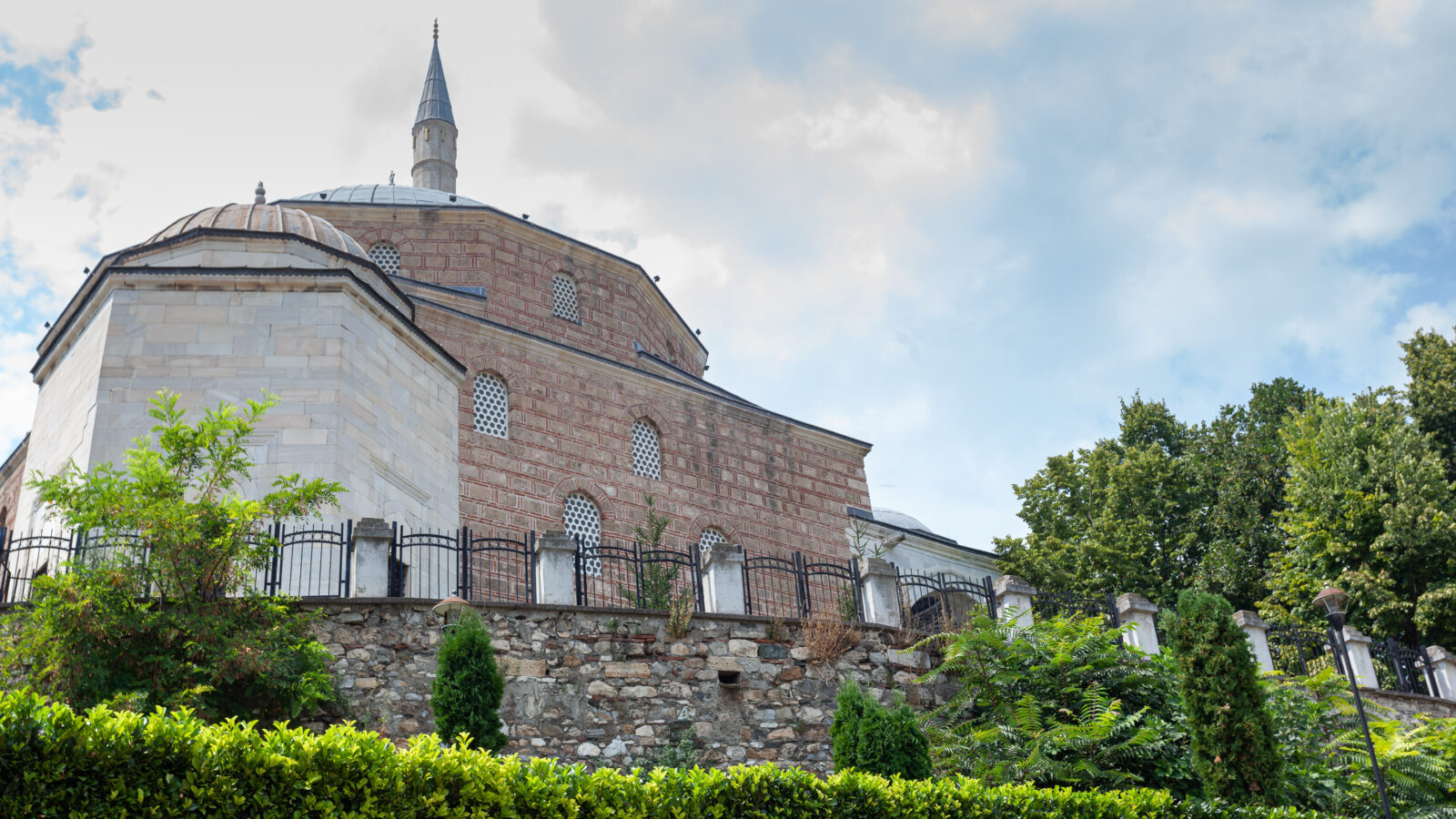
In North Macedonia, Eid al-Adha involves prayers at mosques such as the Mustafa Pasha Mosque in Skopje. The sacrificial meat is distributed among family, friends, and those in need.
The celebrations feature traditional music and communal feasts, with dishes like kebabs and baklava playing significant roles. The community gathers to reinforce bonds and support each other, highlighting the values of faith and solidarity.
Croatia
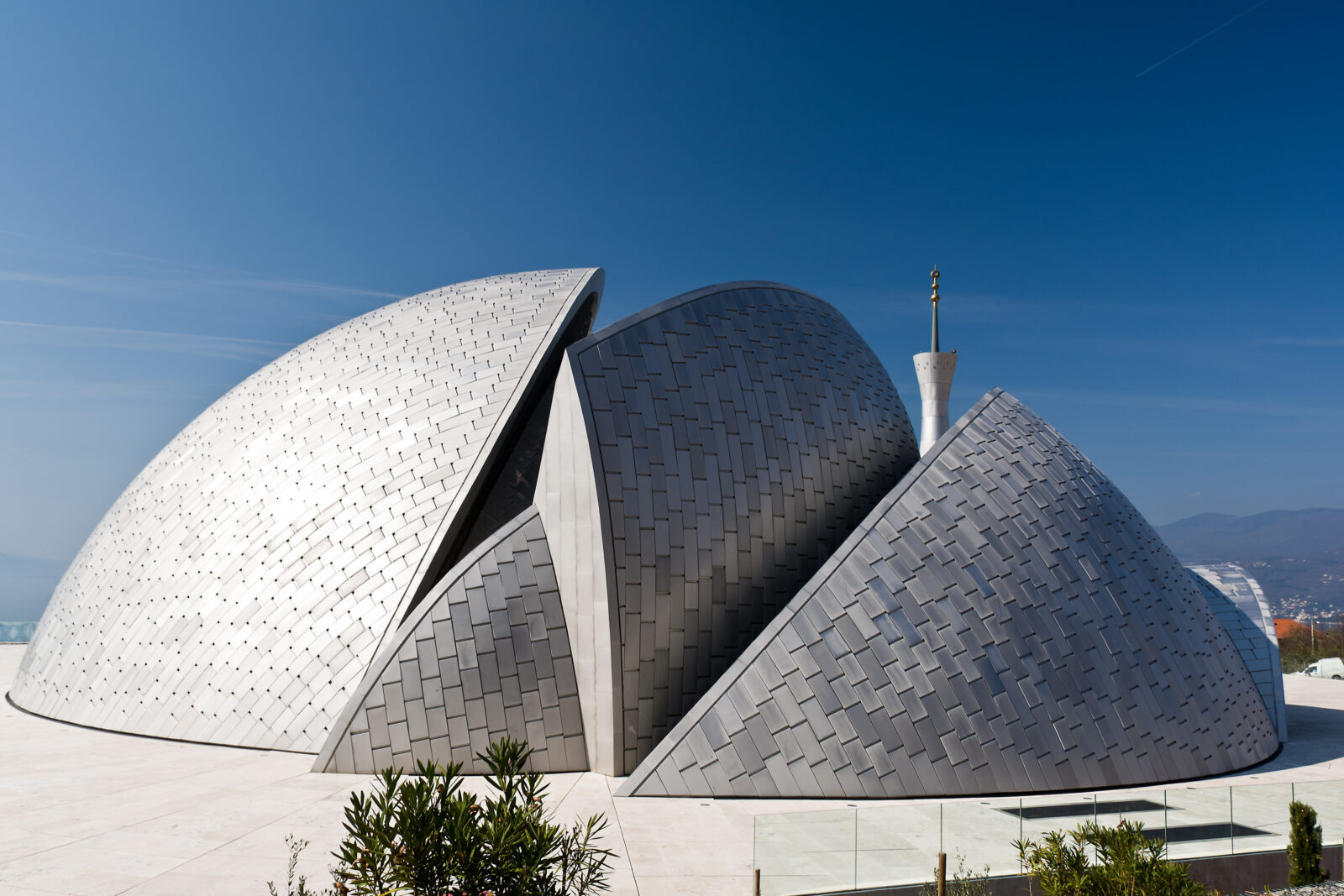
In Croatia, Muslims, particularly in Zagreb and Rijeka, celebrate Eid al-Adha with congregational prayers and sacrifices. The community emphasizes charity by distributing meat to the less fortunate.
Traditional dishes, including cevapi and pita, are central to festive meals shared with family and friends. The holiday strengthens community ties and showcases cultural diversity.
Albania

Albania celebrates Eid al-Adha with large gatherings for prayers, often held at Skanderbeg Square in Tirana. The sacrificial meat is widely distributed, emphasizing charity and community support.
Traditional Albanian dishes such as tave kosi and various sweets are prepared. Family visits and communal prayers are key aspects of the holiday, fostering a strong sense of unity and devotion.
Kosovo
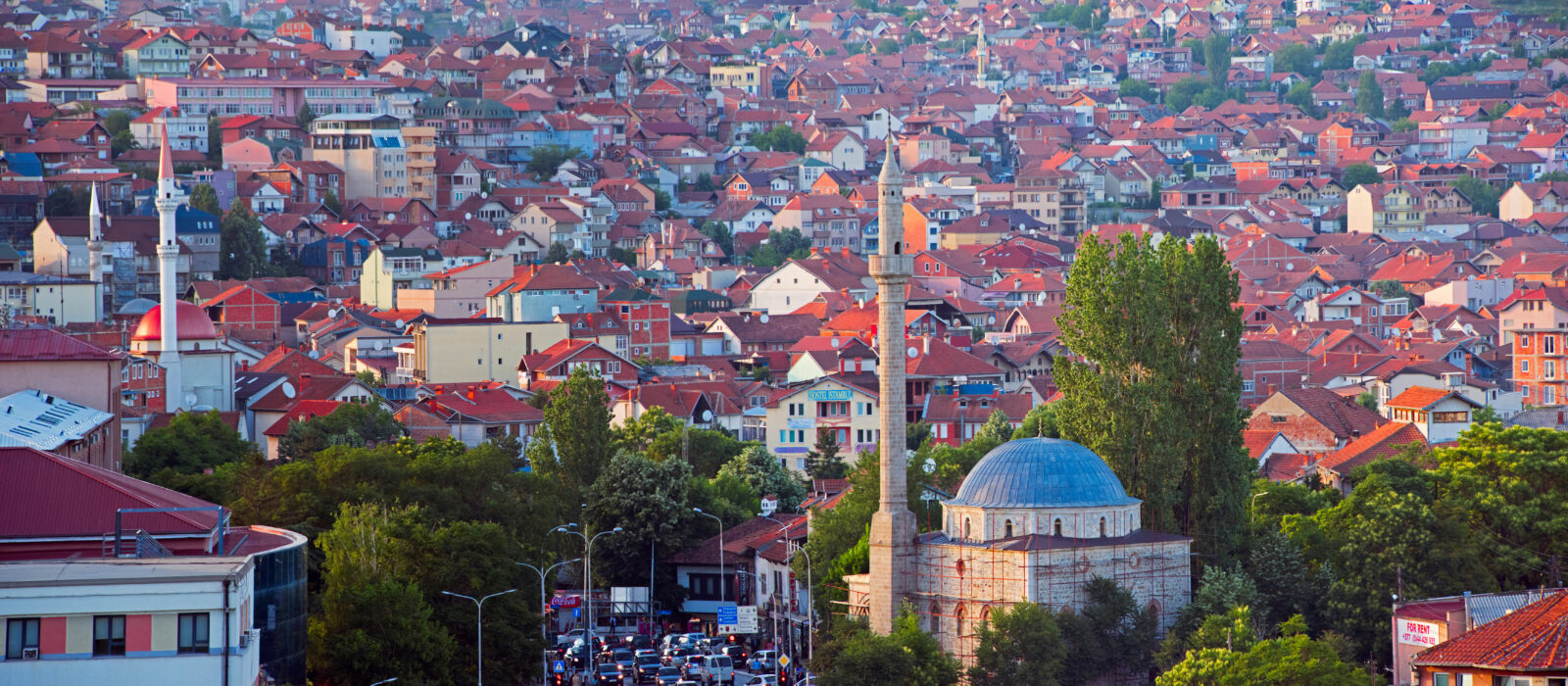
Kosovo’s Muslim community celebrates with prayers at central mosques like the Fatih Sultan Mehmet Mosque in Pristina. The day includes the ritual sacrifice and distribution of meat to family, friends and the needy.
Traditional dishes and communal gatherings reinforce the sense of community and support, with an emphasis on peace and stability in the region.
Serbia (Novi Pazar)
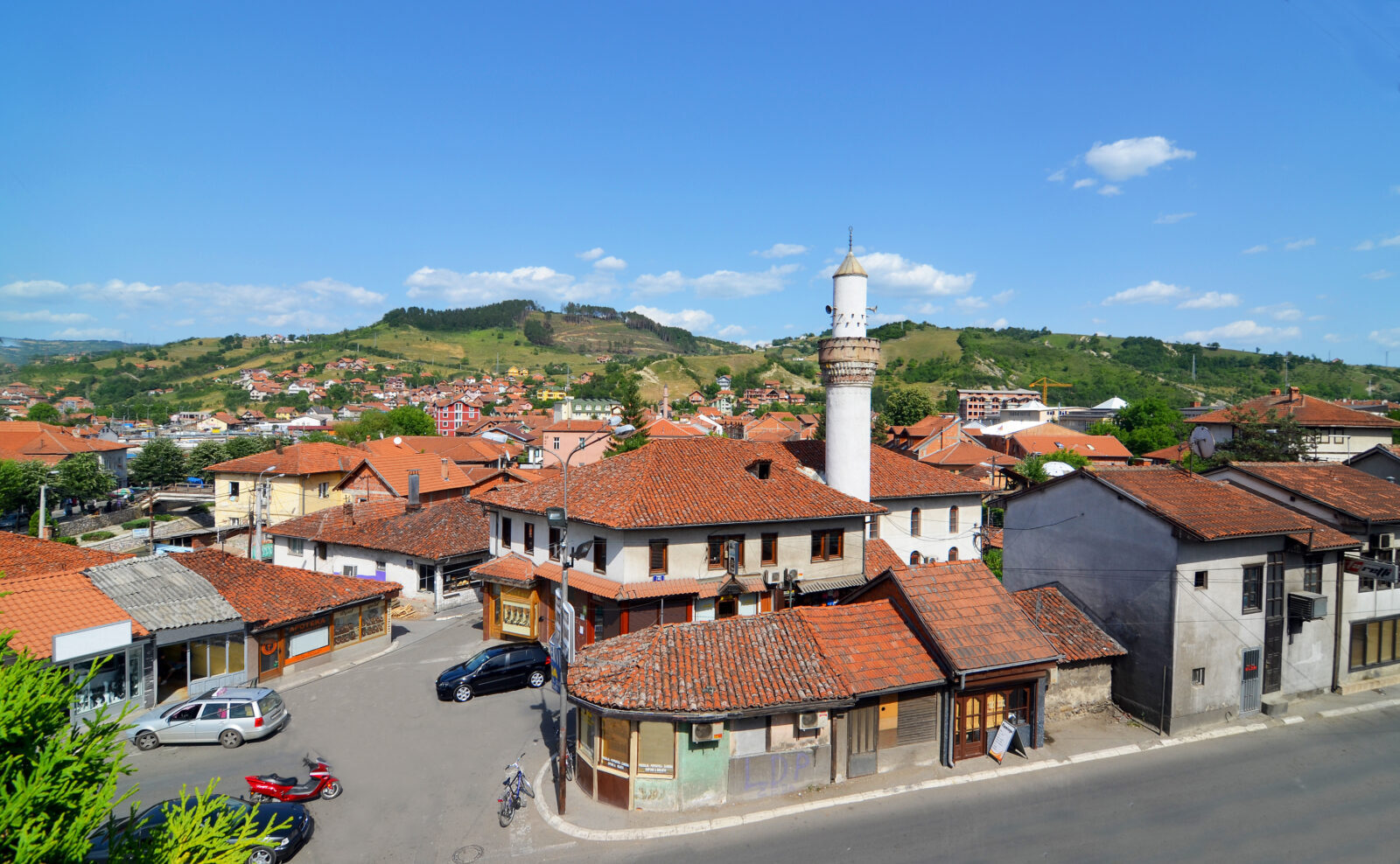
Last but not least, Novi Pazar, Serbia, which has a significant Bosniak Muslim population, Eid al-Adha is celebrated with enthusiasm. The community gathers for prayers and the sacrificial ritual.
The meat is distributed to ensure everyone can partake in the festivities. Traditional foods and communal gatherings reinforce the sense of community and shared heritage.
Eid al-Adha celebrations in Balkans
Eid al-Adha celebrations in the Balkans uniquely blend religious devotion and local traditions. Each country has its own way of observing this important holiday, but the underlying values of faith, charity, and community remain consistent.
These celebrations strengthen bonds within the Muslim community and promote understanding and harmony among the diverse ethnic and religious groups in the region.
For those interested in the cultural dynamics of the Balkans, Eid al-Adha offers a profound insight into the region’s heritage and the enduring power of faith and tradition.
